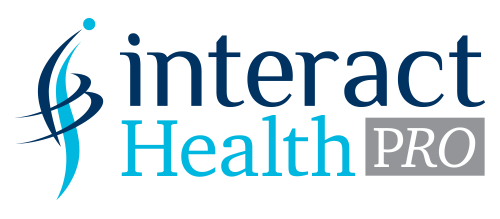
GOLF IS READY
Are You?
Nearly 7 in 10 amateurs and 9 in 10 professionals will suffer a golf-related injury at least once in a lifetime.
Don't let an injury take your tee,
Prevent it with IHP's 8 Weeks Golfer's Program
Golf Is Ready
Are You?
Nearly 7 in 10 amateurs and 9 in 10 professionals will suffer a golf-related injury at least once in a lifetime.
Don't let an injury take your tee,
Prevent it with IHP.
Evidence-Based Golfer's Exercise Program
5 Key Areas of the Golfer's Program
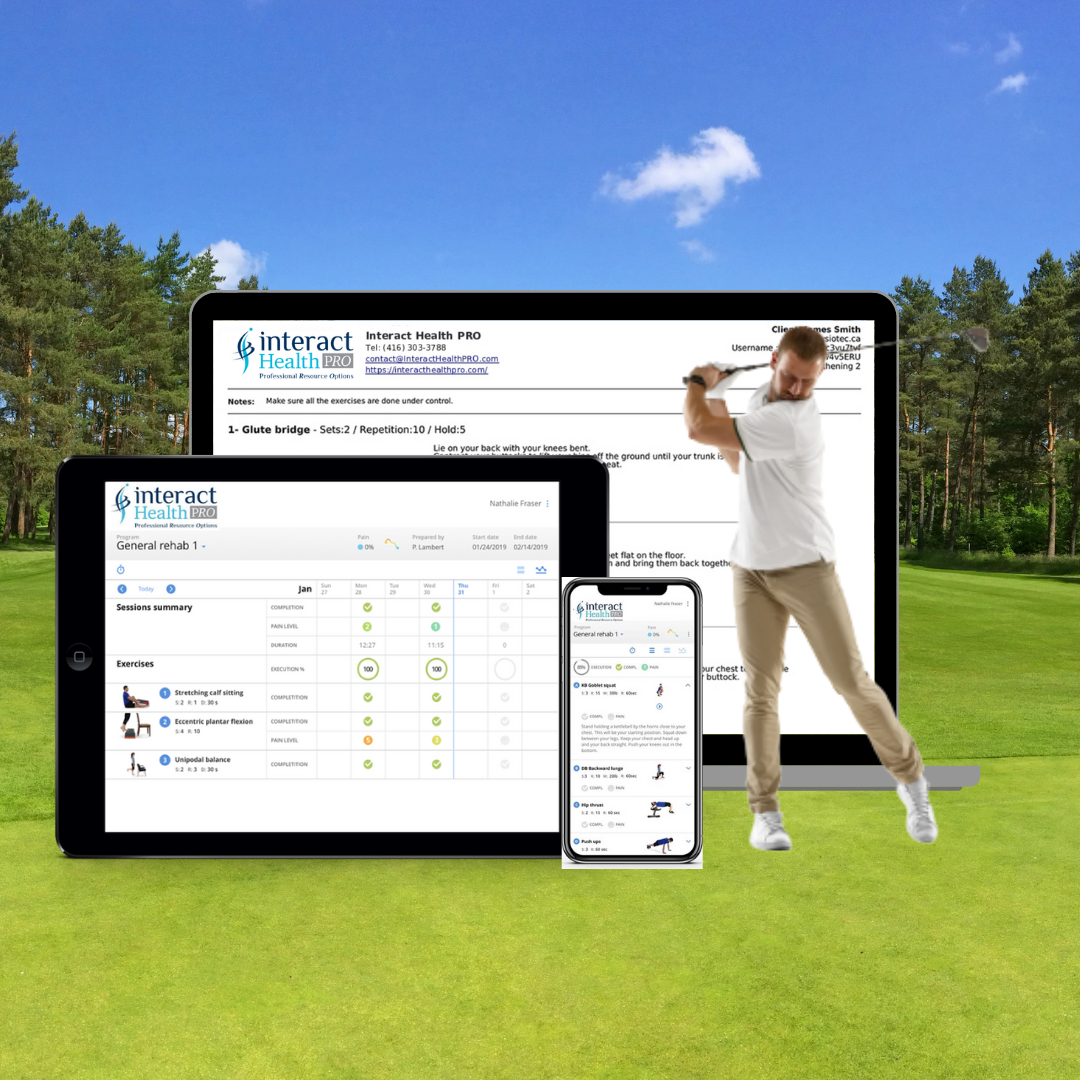
Day 1: Foundation. Flexibility is crucial. After a weekend of golf, you need to re-lengthen your muscles.
Complete these exercises every Monday.
Day 2: Golfer's Elbow. Strengthen your elbow to avoid this common golf injury.
Complete these exercises every Tuesday.
Day 3: Driving Distance. Shoulder strength with mobility is the second most important key to driving distance.
Complete these exercises every Wednesday.
Day 4: Legs are Power. Build muscle on your legs and make walking courses easier than ever.
Complete these exercises every Thursday.
Day 5: Core for your score. The most important key for the golf swing is your core and rotational ability. Complete these exercises every Friday.
$127/Month
Featured Exercises
Legs Are Power
Star Balance Tap
Shoulders & Driving Distance
Shoulder Mobility with Stick
Core for Your Score
Back Swing Golf Drill
Did You Know?
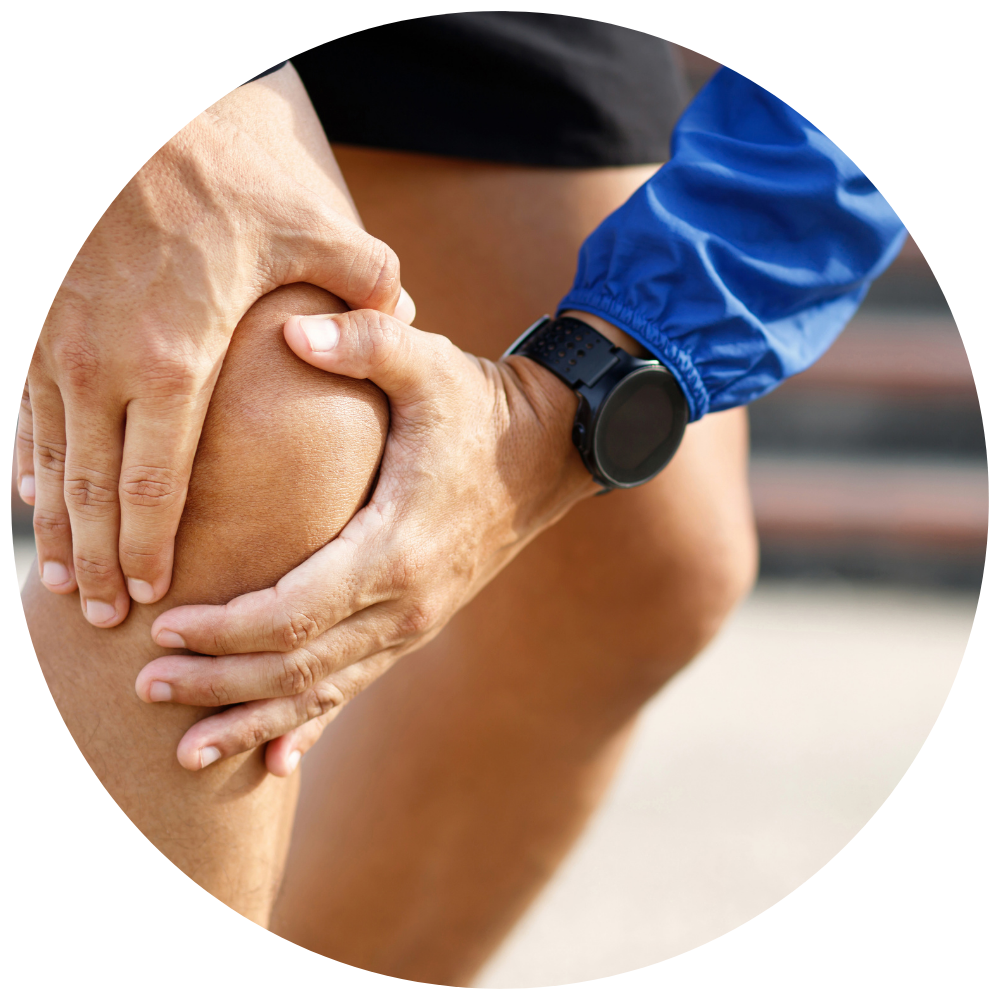
Legs are Power:
Legs initiate the swing. The body rotates for the backswing and the legs begin the swing by gripping the ground and initiating rotation.
Lead and Trail leg are both strong indicators of CHS. Trail leg knee joint was the greatest predictor of CHS. Sig. Findings of correlation between maximum squat strength and CHS.
McNally et al, ORTHO & BIOMECH 2013
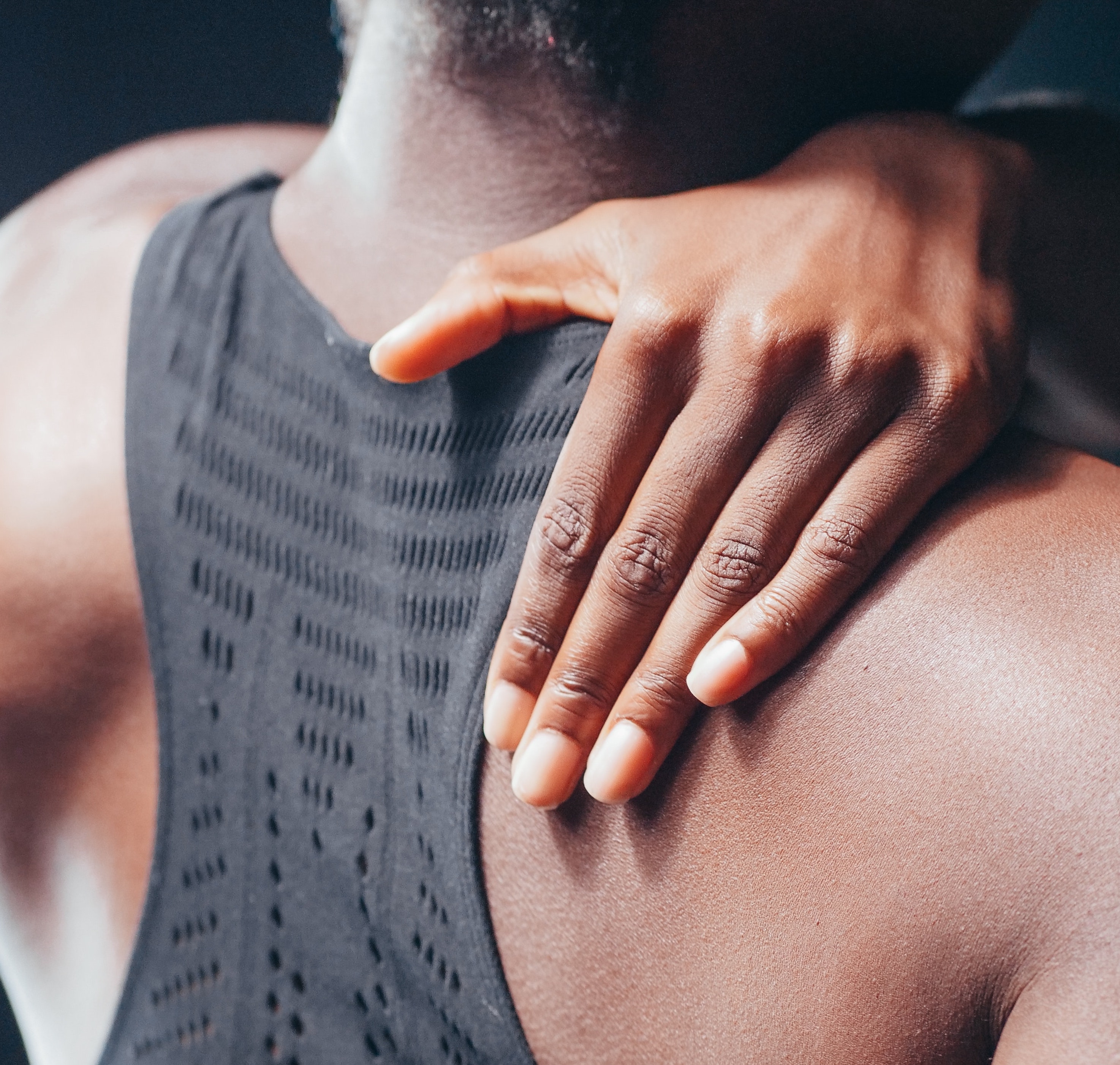
Core for your Score:
The core stabilizes, rotates, and decelerates the body during the swing. The more rotation a golfer can generate, the more CHS speed will result, and the core can play a role in controlling that speed.
By controlling the coiling of the shoulders compared to the hips, the release of rotational energy can be directed in a consistent method and the golfer can focus on the center of mass ball striking. An 8-week isolated core training program saw beneficial results for CHS 3.6% (non-sig.) and had small improvement on golf swing consistency (non-sig.) [smaller percent of the variability between swings].
CHS is a moderate indicator of handicap leading to the idea that increasing CHS may improve scores.
Weston et al, MED SCI SPORT EXERC 2013
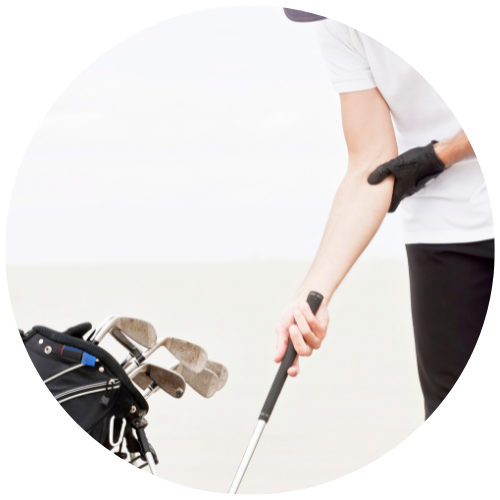
Golfers Elbow:
Medial epicondylitis, also called golfer’s elbow, is tendinopathy of the medial common flexor tendon of the elbow due to overload or overuse. The pronator teres, flexor carpi radialis, palmaris longus, and flexor digitorum superficialis originate on the medial epicondyle and are innervated by the median nerve.
The flexor carpi ulnaris also inserts on the medial epicondyle and is innervated by the ulnar nerve. These five muscles all join in one spot on the arm and are a common point of pain with golfers. Physical therapy is the primary management modality for medial epicondylitis. The goal is full, painless motion at the wrist and elbow. Strength exercises should focus on eccentric activity (our program has concentric and eccentric NOT eccentric only). Continuing maintenance physical therapy may help prevent a recurrence.
Kiel & Kaiser, STATPEARLS 2021.
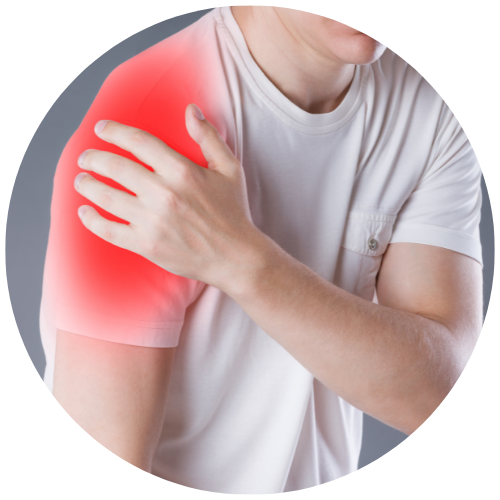
Shoulders & Driving Distance:
Shoulder flexibility is incredibly important because the arms should get close to horizontal in the backswing, and need to handle intense torque from the x-factor motion of hip drive. This refers to the leading of rotation from the hips before the shoulders start rotating. Over a 2 year period, 60% of professionals and 40% of amateurs experienced a traumatic or overuse golf injury. Shoulder, elbow, wrist, and hand injuries rank amongst the most common in golfers.
Subscapularis is the most active muscle in the rotator cuff during exercise. Prime action is internal rotation, we have IR exercises in our program. “The investigators concluded that for increased power and injury prevention one should target rotator cuff, pectoralis major, and latissimus dorsi strengthening.”
Cohn et al, HOSP JOINT DISEASE 2013
What You Gain
Sleek & easy to manage intuitive app that is available on all platforms
Compliance tracking system monitoring your progress
Made to promote your satisfaction & engagement
Exercises dedicated towards golfers to prevent and treat golfing injuries
Minimal to no equipment required to let you improve yourself anywhere & anytime
Simple recovery plan with easy-to-follow-along exercise videos
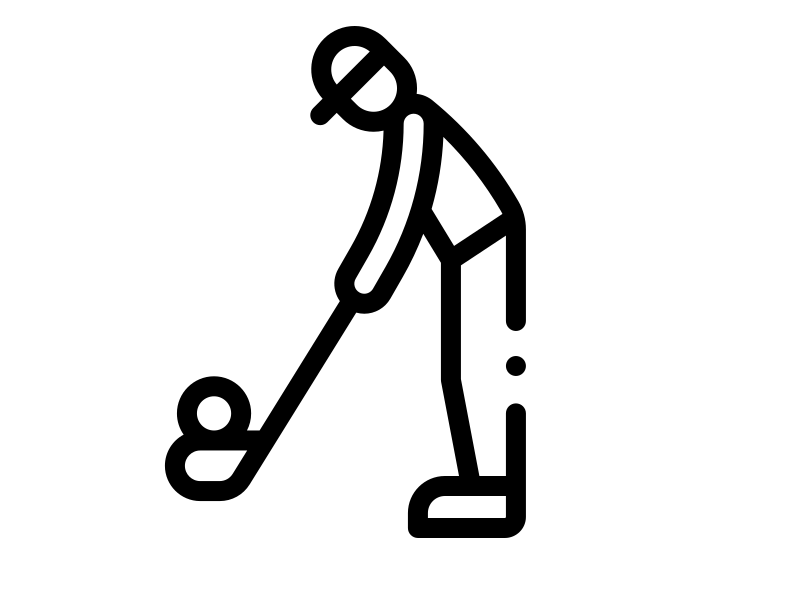
Step 1
Sign up for the 8 Weeks Golf Program by filling out our form.
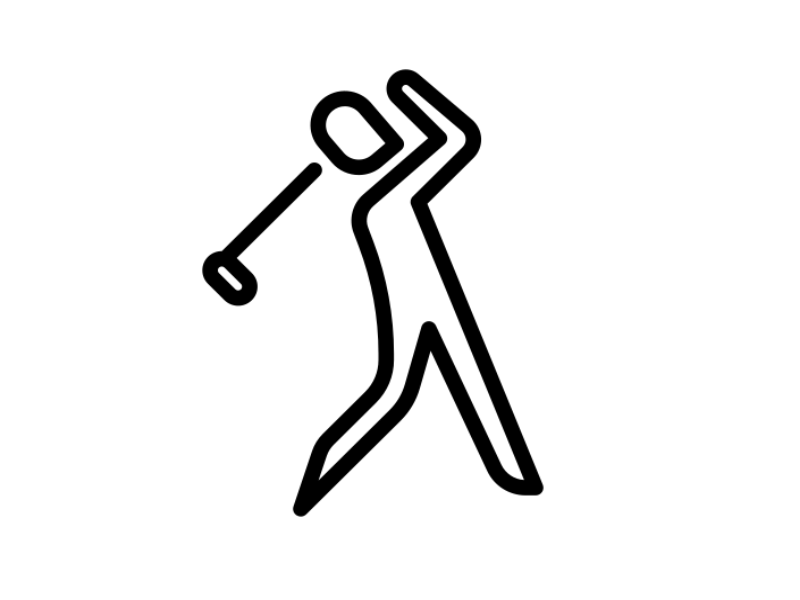
Step 2
Wait for your information and payment to be processed and check for emails from Interact Health PRO containing instructions on how to access the program.

Step 3
Click on the link provided within the instruction email, follow the program and enjoy our 8 Weeks Golf Program!
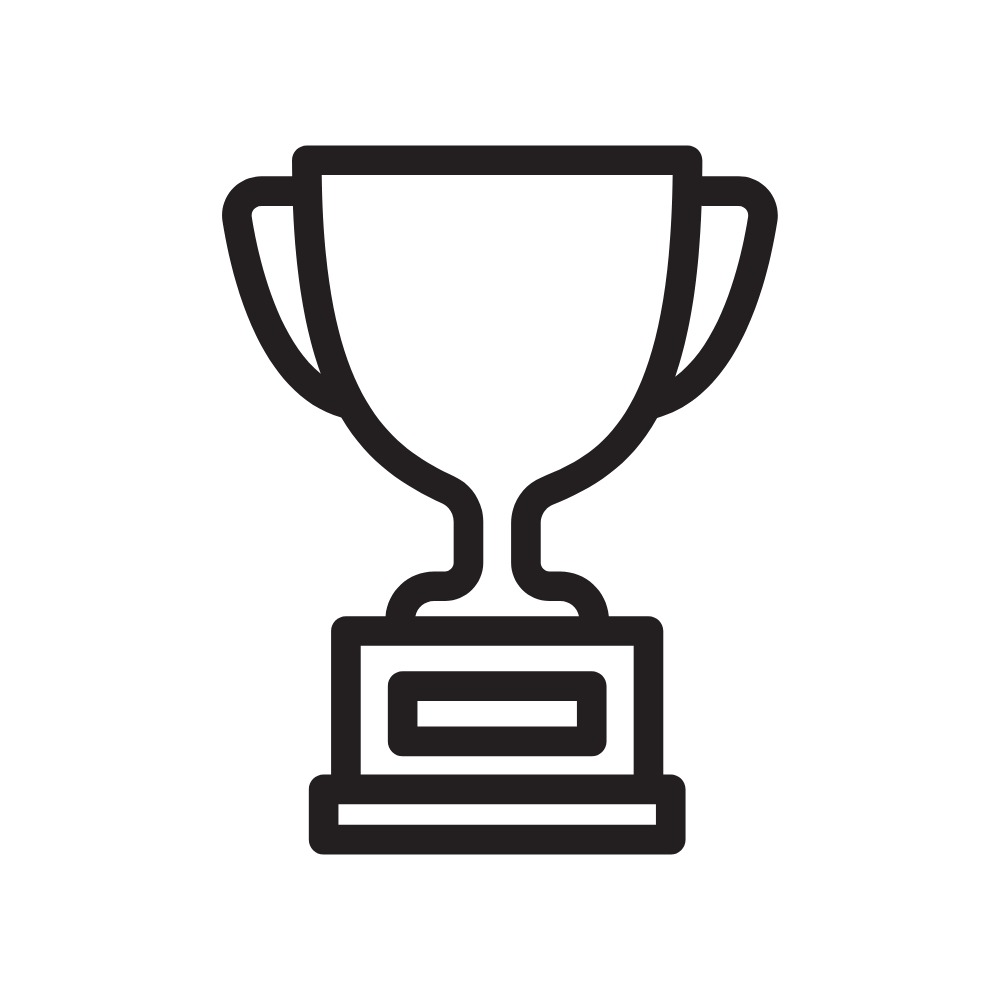
Step 4
Follow the easy step-by-step exercises on a consistent daily basis. Measure your progress with our tracking tool, Thrive+, and go ace your golf round!
.
"Golf is an awkward set of bodily contortions designed to produce a graceful result"
-
Tommy Armor
Former Professional Golfer
Watch Your Moves!
While Golf is considered a "casual" sport, its risk of injury is higher than Rugby, Hockey, and other team sports. The numbers being 1.8 injuries per 1,000 people compared to 1.3 injuries per 1,000 people.
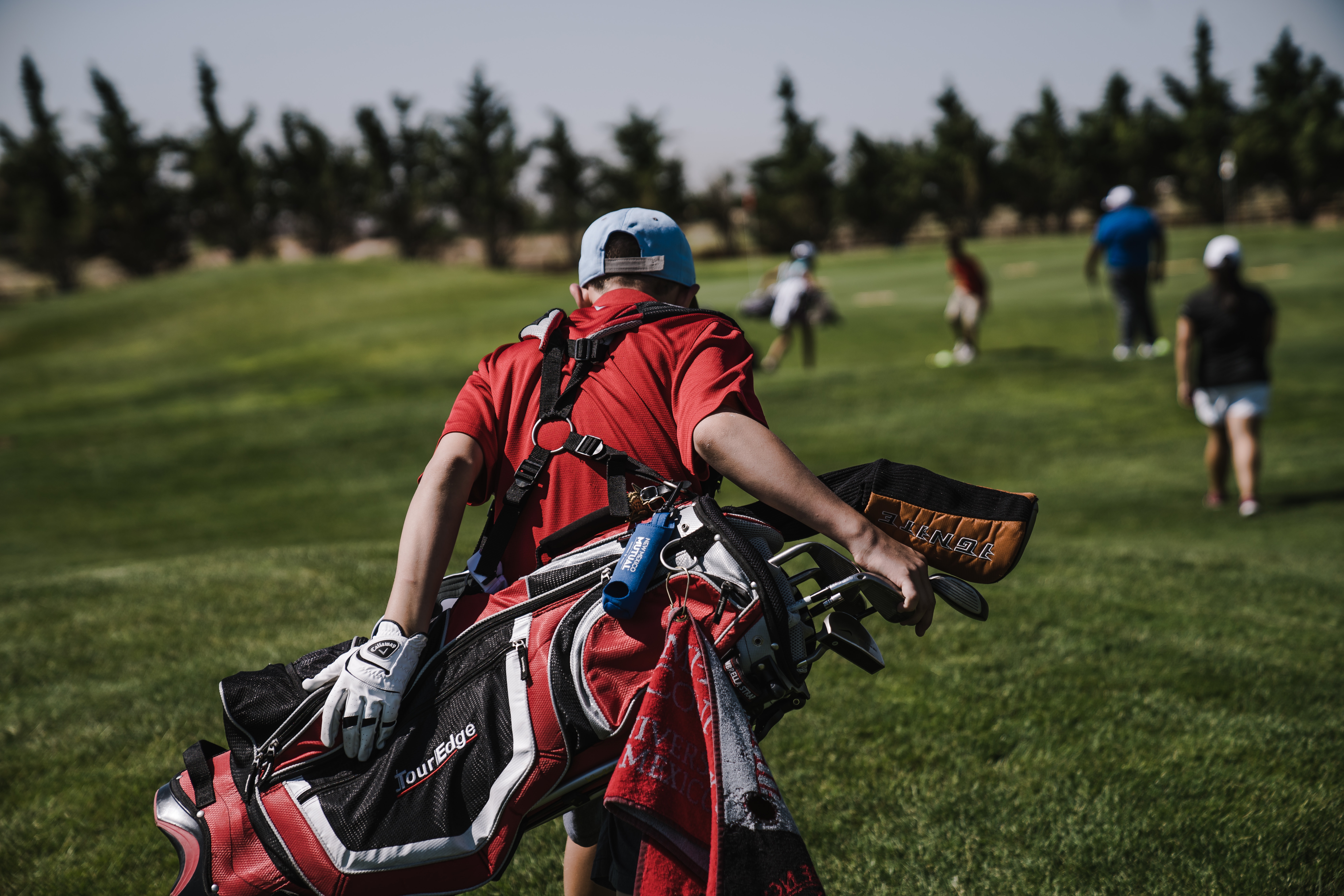
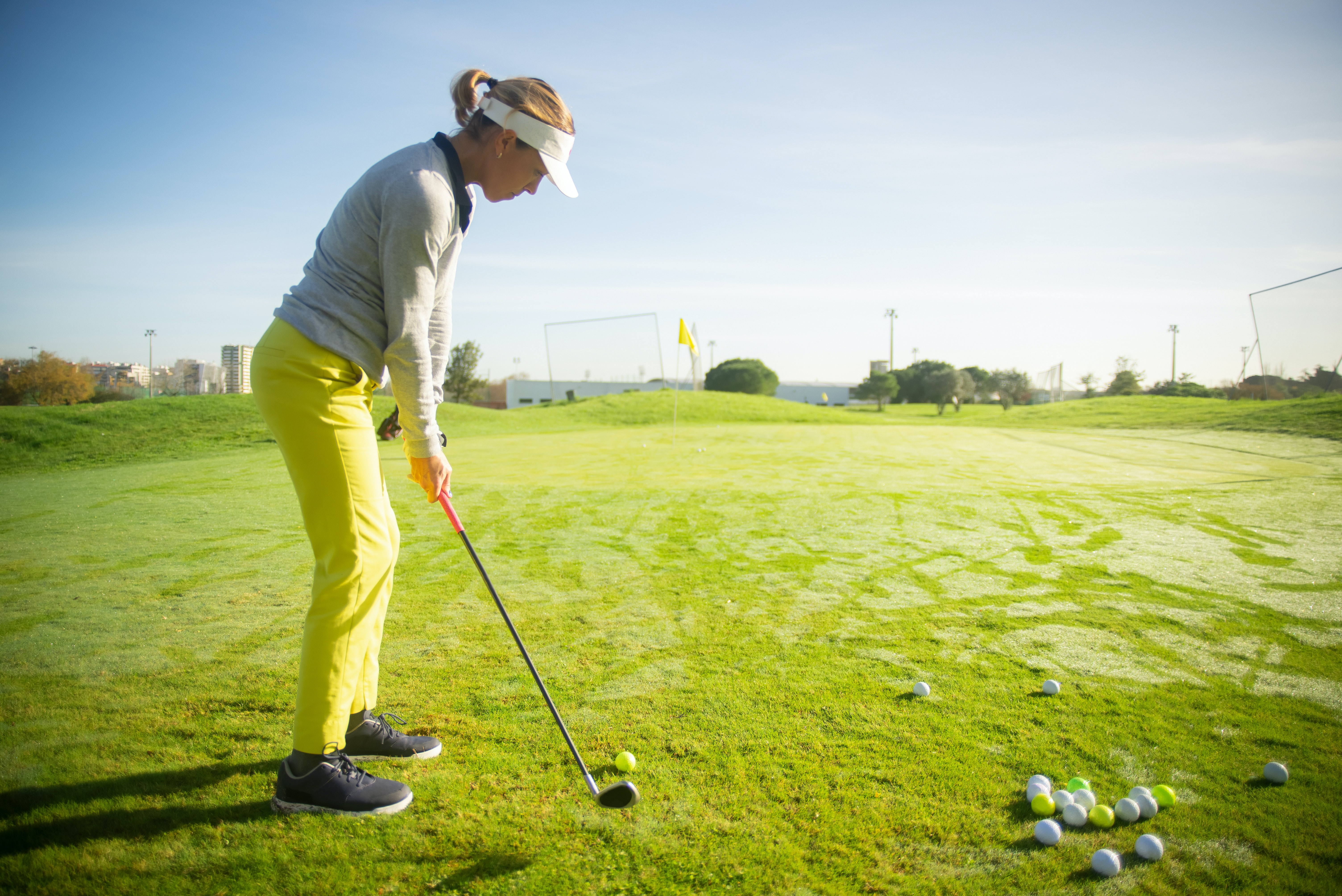
What's Causing it?
- Muscle Strain
- Ligamentous Sprain
- Disc Injury
- Altered Joint Mechanics or Motor Control
- Degenerative Arthritis
- Bone Fracture
From The Co-Creator...
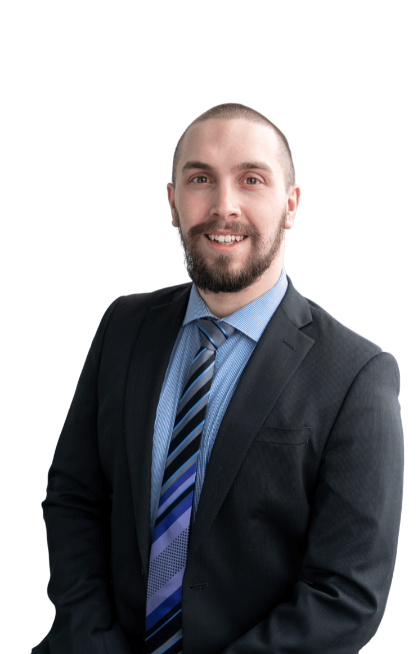
"The first time Ontario opened up golf after the lockdown, I rushed to play as much golf as possible and unfortunately my ankle wasn’t ready. I injured myself to a point where I had to cancel some of my rounds. I am not planning on having that happen so this time before the lockdown lifted, I registered myself for the ankle program. I am still playing, free from injury (knock on wood) and I look forward to playing more rounds this summer!"
Miles Levtov
Interact Health Pro Kinesiology Intern
IHP's 8-Week Golfer's Program
"Your ALL in ONE Pain Management Solution!"
.
There is no need to worry. If you are looking for a trustworthy option to prevent or treat your golf-related injuries, look no further. As your All-in-One Pain Management Solution, we have created a program focused solely on golfing. Partnered with 70+ rehabilitation centers across the GTA, you can depend on IHP to manage your pain and aid you in your recovery. Whether if that is performing dynamic stretches to strengthening your body, our goal is to get you back on your "A-Game" and hit those birdies!
Frequently Asked Questions

.....

Connect with us
416.303.3788
